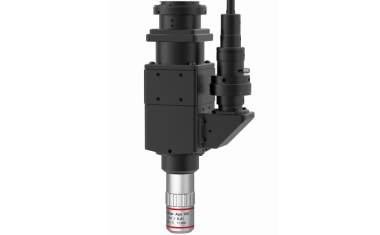
Video Microscope Unit with Enlarged Field of View
A metrology manufacturer has equipped a video microscope for research and industrial quality assurance with a larger field of view and higher illumination quality.

A metrology manufacturer has equipped a video microscope for research and industrial quality assurance with a larger field of view and higher illumination quality.
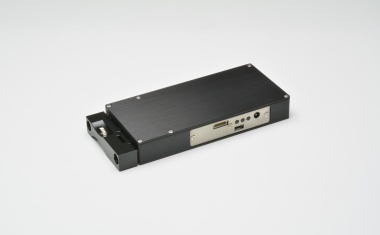
A Raman mini-spectrometer module is designed to detect Raman-active molecules with greater accuracy, higher selectivity and in a broader wavelength range than other mini-spectrometers. This is to be made possible by more powerful laser optics and an improved detection unit.
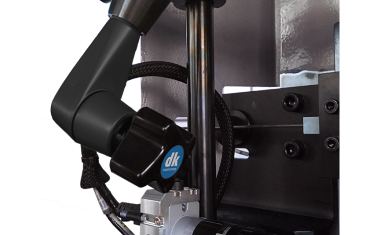
At Control 2022, a clamping technology supplier showed users and partners from the world of measuring and testing technology all the new developments since the last event of this kind.
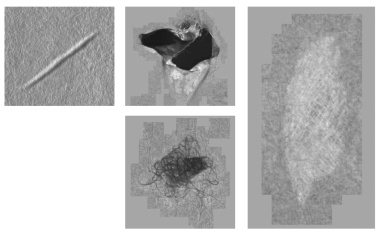
Optical inspection of fiberglass nonwovens for medical and construction products focuses on detecting defects and unevenly distributed fibers, which could impair durability or filter effectiveness. The camera-based inspection system combines the detection and visualization of defects to quickly identify their causes.
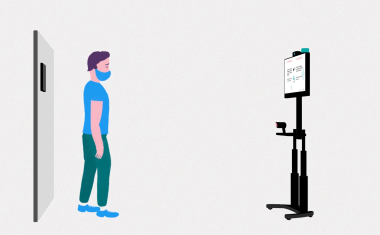
Recording temperatures quickly and accurately and evaluating the data within a few seconds using artificial intelligence is important for fever screening, for example, to protect the residents of a senior citizens' residence from corona infection. This system is based on an industrial infrared camera.
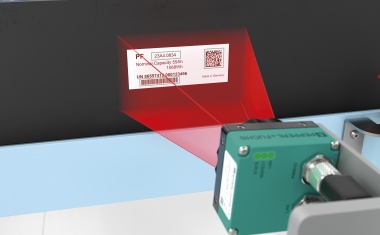
Automation in production and warehouse logistics requires flexible solutions that do not create unnecessary complexity. Devices that can perform different tasks and thus reduce the integration effort are ideal - such as camera-based vision sensors.
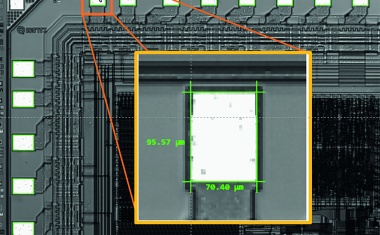
Machine vision technologies contribute to a high level of quality in all process steps of semiconductor manufacturing. Which concrete application scenarios of industrial image processing are conceivable in the production and inspection of semiconductors and what relevance does the software have in this context?
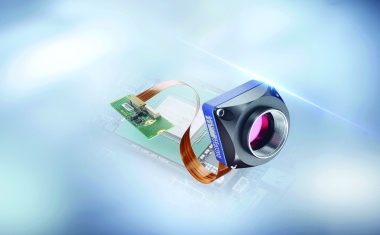
While the topic of embedded vision is not new, new opportunities are emerging with hardware developments. The following article provides an overview.
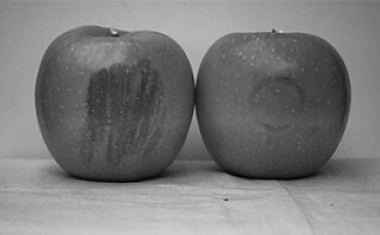
A new and promising technique for industrial applications is the use of near and short wavelength infrared light (NIR and Swir) to obtain information that is not visible to the human eye. In many cases, the information acquired at these wavelengths complements data from the visible spectrum (350 to 750 nm). This article defines that NIR wavelengths are in the range of 750 to 900 nm and Swir wavelengths are in the range of 900 to 2,500 nm.
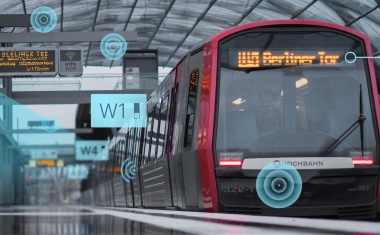
Costs and effort for digitization are high if analog systems for signal data processing in traffic applications, logistics and monitoring are to be replaced. Retrofit solutions that expand analog systems without having to replace the entire infrastructure provide a remedy.
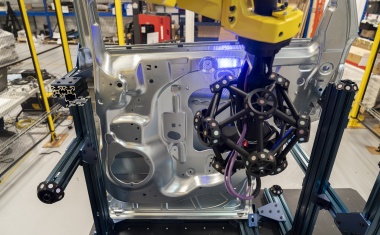
Despite artificial intelligence, automation and additive manufacturing, inspection systems remain essential to industrial production. What is changing above all are the components. Quality assurance must therefore transform, for example in the direction of robot-assisted automatic 3D measurement systems.
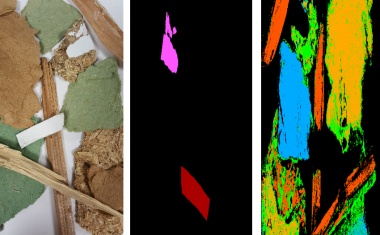
Hyperspectral imaging (HSI) is an integral part of quality control. Recently, hyperspectral cameras have also been used for the efficient reprocessing of construction timber.
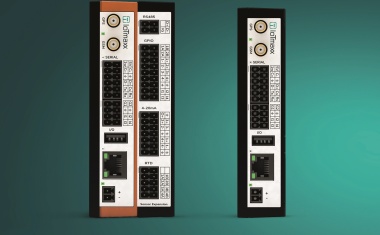
The constantly increasing demand for bandwidth is leading to ever shorter communication technology cycles. The service life of capital goods in plant engineering thus sometimes significantly exceeds the availability of the selected data connection. The circuit-switched data service CSD is an example of this development. By the end of 2022, the existing communication solution must be replaced. A CSD over IP gateway allows plants communicating via CSD to continue using them with little effort instead of replacing them.
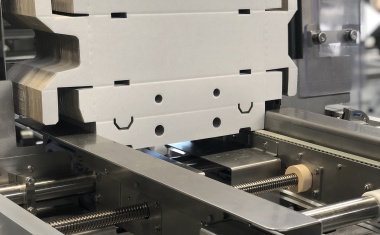
Digitalization has long since arrived in the packaging industry as well: Powerful control systems have taken the place of relay-based hardware and modern safety concepts are being implemented which, while providing the best possible protection, neither hinder processes nor encourage operators to tamper with them.
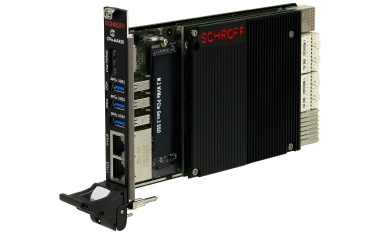
In the PXI Express housing, it's all about making the right use of the limited space. Together with an IPC partner, a housing manufacturer has now developed controller cards that are particularly narrow.
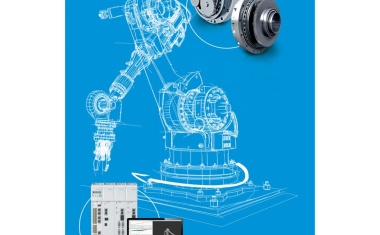
Machine tools still set the tone in terms of precision. But robots could soon challenge them for this top position in some areas of application. How? Answers are provided by the cooperation between the cycloidal gearbox specialist Nabtesco and the robot control expert Keba.
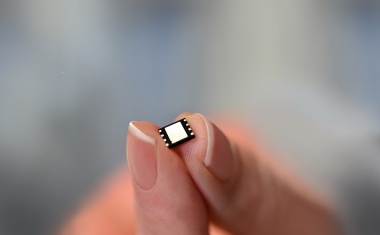
The eSIM (embedded SIM) is more than just a miniature version of the classic SIM card: with eUICC technology, it is possible to change network providers and tariffs at the click of a mouse. A closer look shows that networked companies cannot get around eSIMs.
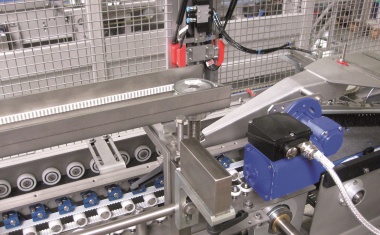
The Econo-Pak closing machines process filled folding boxes made of cardboard or corrugated board. The folding boxes are filled with food and non-food products beforehand and then closed with hot glue or air. The stable and uninterrupted throughput of the folding boxes is ensured by several upper rotors driven by AC housing motors.
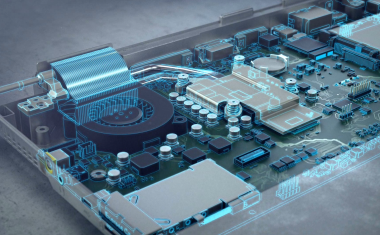
The Pilot AOI system software is the interface for operating systems for automatic optical 3D inspection (3D AOI) and solder paste inspection (SPI) for electronics manufacturing. With version 6.7, users receive a comprehensive update that greatly shortens programming processes.
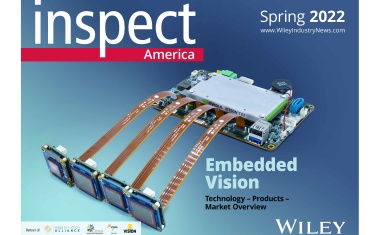
The first issue of inspect America is out and is all about embedded vision and is published on the occasion of the Embedded Vision Summit. You can expect a market report, an interview with the President of the Edge AI and Vision Alliance, Jeff Bier, and innovative products.
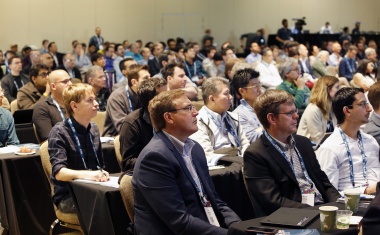
Since 2012, the Embedded Vision Summit has been the leading conference and trade fair for practical computer vision and AI applications in machine vision. This year’s conference, which will again be held in person in Santa Clara, California, boasts 55 exhibitors and 100 presenters. More than 1,000 machine vision experts are expected to attend.
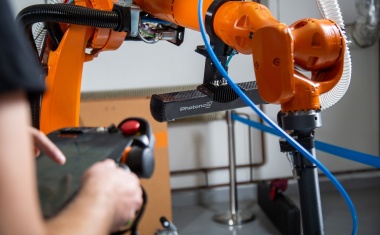
Traditionally, 2D technology was the prevalent approach in the automation of the industrial sector. This has changed with the increasing complexity of applications that need to be automated, and 2D machine vision has gradually been pushed aside by 3D machine vision.
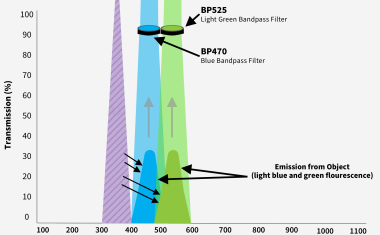
Railroad ties are mainly made of wood. In the production process fluorescent paint helps to determine the wood’s sap side orientation. A combination of red and green bandpass filters from MidOpt ensures that there is sufficient contrast between the fluorescent paint marker and the steel plates that are used to strengthen the wood.
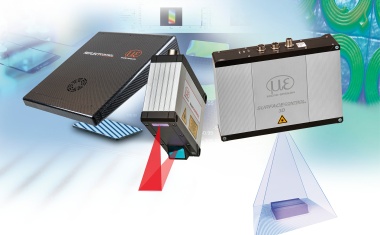
3D sensors for high-resolution geometry and surface measurements detect smallest deviations and measure most precisely.
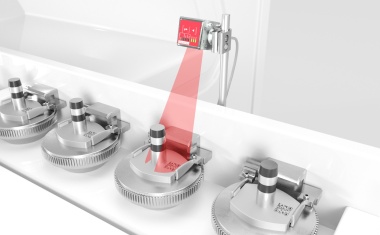
Using artificial intelligence can be very worthwhile when it comes to identifying the bar codes on goods. Interfering factors can be identified quickly and easily both during commissioning of a system and during operation.
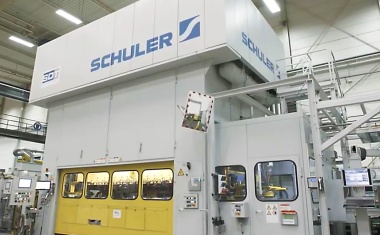
Retrofitting lines in the press industry with vision technology avoids replacements and helps to keep up with the peers.
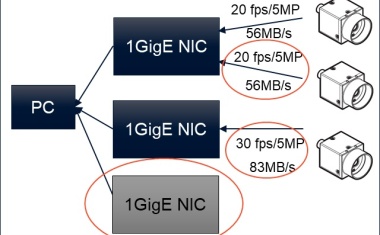
When getting the most amount of detail from a moving target is critical, system developers are constantly looking for ways to increase framerates without compromising on image quality, ideally at minimal or no extra cost.
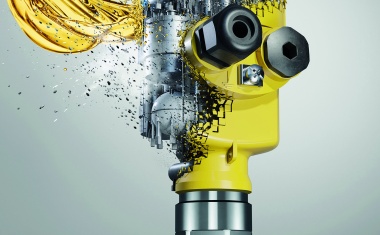
Until now, users had to consider numerous aspects when choosing a level sensor: Frequency, media properties, environmental conditions, temperature range, process connection – to name just a selection. There was always a risk of choosing the wrong sensor. A new radar sensor now aims to remedy the situation by making it suitable for all applications.
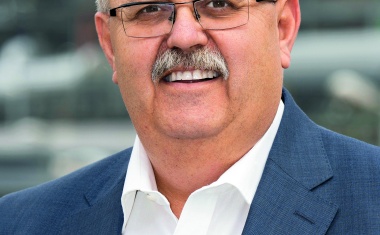
Perfect timing: As Ethernet APL technology is being launched, users in the chemical industry are also eager to tackle the subject of safety. They’ve looked to the automotive industry, which has relied on the black-channel principle with Profisafe for many years.
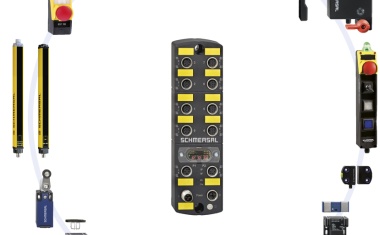
Industry 4.0, connectivity and networking are also hot topics in machine safety. From the user’s perspective, there are a number of concepts – each slightly different, but all sharing one thing in common – their use can boost productivity, transparency and flexibility in production.
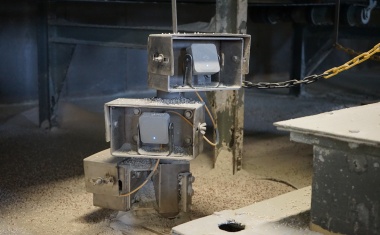
The challenge for any application is a safety concept that you scarcely notice. Particularly when there is poor visibility. So, at EuroChem in Antwerp, the gigantic conveyor with multiple discharge points, which is the central hub for storing and loading synthetic fertiliser, is now monitored using modern, safe radar technology.
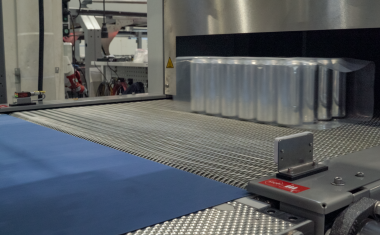
Krones produces systems and machines for making, filling and packaging beverages and liquid food. With the development of edge rollers made of tribo-polymers, Krones achieved its goal to improve its system speed.
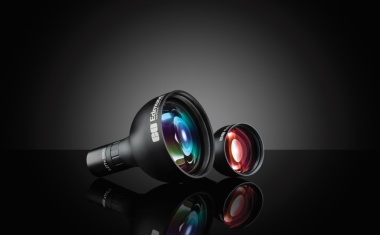
How do telecentric lenses work? And how exactly do they differ from fixed focal length lenses? This article introduces the peculiarities and explains why telecentric models are predominantly used in optical metrology.
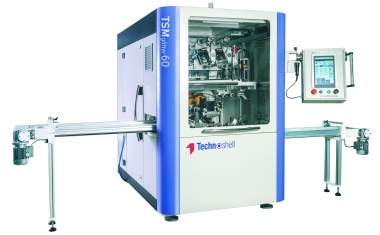
A hot foil stamping machine was taken to the next level by increasing output and mastering accuracy challenges. This became possible by integrating machine vision, PLC and HMI systems for optimum synchronization.
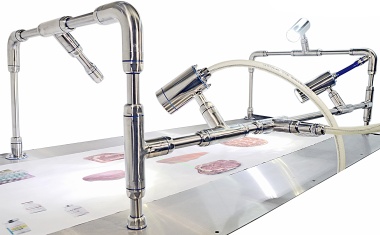
The world’s first complete, fully hygienic mounting system for imaging components combines a stainless-steel frame design with hygienic camera enclosures.